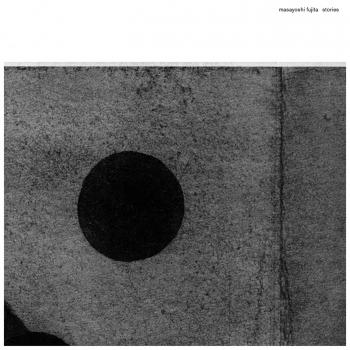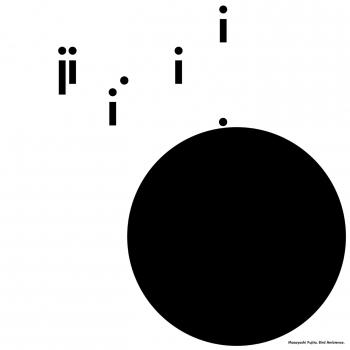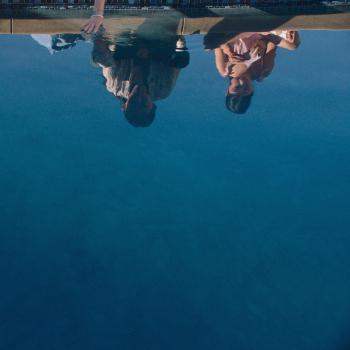
Book of Life Masayoshi Fujita
Album info
Album-Release:
2018
HRA-Release:
11.09.2018
Album including Album cover
- 1 Snowy Night Tale 05:34
- 2 Fog 04:24
- 3 It's Magical 04:24
- 4 Old Automation 05:53
- 5 Book of Life 04:34
- 6 Harp 06:25
- 7 Mountain Deer 04:32
- 8 Sadness 04:42
- 9 Misty Avalanche 04:03
- 10 Cloud of Light 05:09
Info for Book of Life
Following on from his acclaimed works Stories and Apologues, Berlin-based composer and vibraphonist Masayoshi Fujita will release his new album Book of Life, the third instalment in a trilogy of solo vibraphone recordings. Stories, the first in the series and Masayoshi’s debut under his own name, will be re-issued by Erased Tapes at the same time.
Previously Masayoshi released two albums under his alias El Fog, that touched on the vibraphone but appeared mostly in a supporting role, accompanying his intricate electronic production. Much like his instrument, he has often been a collaborator as opposed to a front man his sympathetic musicianship complimenting a variety of creative outputs. Most frequently with the adventurous German producer Jan Jelinek.
Their most recent offering Schaum displays a dialogue between the two that makes it hard to tell just where Fujitas vibraphone ends and Jelineks whirring loops begin. Another fruitful partnership was the experimental Needle Six piece, a BBC Radio 3 recording of an improvised session with UK electronic artist Guy Andrews for Late Junction. The mesmeric and compelling 30-minute piece was released for Record Store Day in 2016. In addition his label peer and fellow Berlin resident Nils Frahm mastered Stories, providing a fitting symmetry to its re-issue on Erased Tapes now.
With Book of Life Masayoshi continues his mission in bringing the vibraphone — a relatively new invention in the history of instruments often kept in the background in orchestras and jazz outfits — into the spotlight. Having trained as a drummer, Masayoshi began experimenting with the vibraphone, preparing its bars with kitchen foil or beads, playing it with the cello bow such as in Fog or using the other end of the mallets to create a more ambient texture of sound, as with the title track. Focussing on the vibraphone in this way sets Masayoshi apart, dedicating his artistic life to celebrating this fascinating and often under appreciated instrument and making his take on ambient and modern compositional styles a unique one.
“I think the vibraphone is capable of more interesting and beautiful sounds that haven’t been heard before. It’s quite a new instrument but it’s often played in a similar way. I feel that there is a lot more to explore with this exciting instrument.” (Masayoshi Fujita)
Masayoshi Fujita, Vibraphone
Masayoshi Fujita
His route to Berlin was a roundabout one. Introduced to music via Bon Jovi, his first stint abroad naturally took him to the motherland of rock, the United States. After a year in the USA, he returned to Japan to study film. His love for movie making, however, proved less pronounced than his admiration for Bon Jovi, a band he can still quote and sing from memory. He decided to learn how to play the drums, followed by extensive vibraphone training to craft and play his own, mostly jazz and electronic-influenced compositions. Determined not to stick to traditional vibraphone styles or techniques, Masayoshi started to prepare his instrument with pieces of metal, strips of foil and similar objects. The resulting new sounds, akin to distortions, help to expand the vibraphone spectrum without eroding the instrument’s intrinsic character or even abandoning it altogether. Besides his extremely reduced and deliberate style of playing, it is this aural redefinition that makes Masayoshi Fujita’s craft so remarkable and noteworthy in my eyes. Literally caught in his spell, it was a delight and privilege to accompany his play. On a different note, Masayoshi’s wood prints should not go unmentioned. The cover and booklet of Bird, Lake, Objects present concise, abstract and monochrome landscapes and thus a visual complement to his music.
This album contains no booklet.













